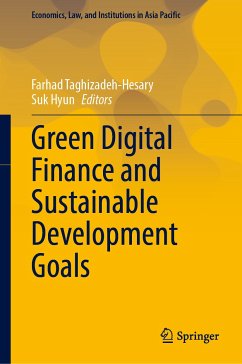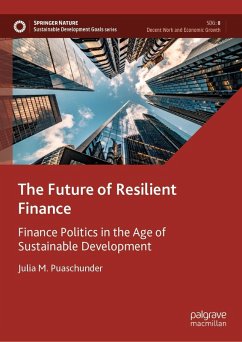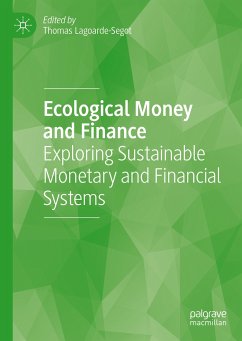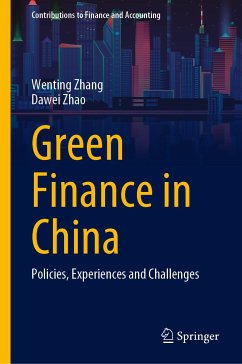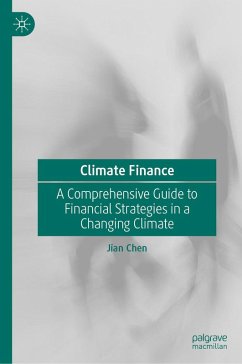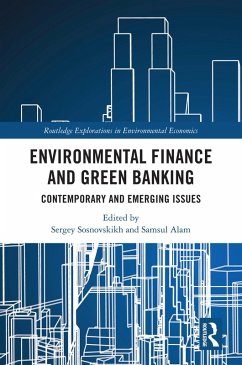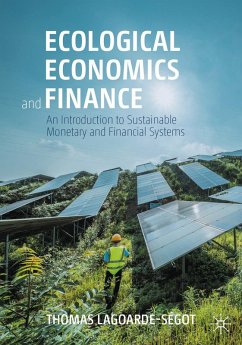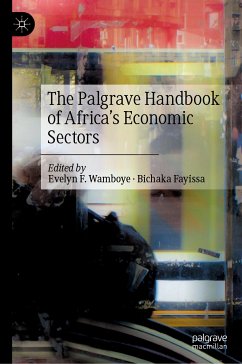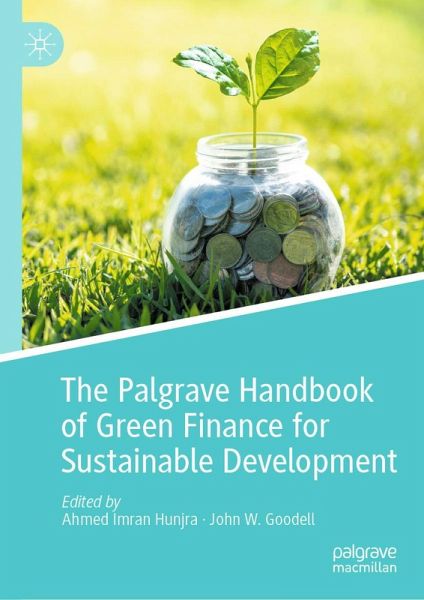
The Palgrave Handbook of Green Finance for Sustainable Development (eBook, PDF)
Versandkostenfrei!
Sofort per Download lieferbar
160,95 €
inkl. MwSt.
Weitere Ausgaben:

PAYBACK Punkte
80 °P sammeln!
This book covers green finance with a focus on the environmental, social, and governance (ESG) consequences of green financing and its role in attaining sustainable development and a carbon-neutral economy. It provides research-based practical solutions for sustainable development, as well as insights from green finance, presenting a framework for studying green finance in the domains of accounting, banking, investing, and insurance. Of interest to academics, investors, and policymakers in green finance and development and alternative financing, the book features a global cast of contributors ...
This book covers green finance with a focus on the environmental, social, and governance (ESG) consequences of green financing and its role in attaining sustainable development and a carbon-neutral economy. It provides research-based practical solutions for sustainable development, as well as insights from green finance, presenting a framework for studying green finance in the domains of accounting, banking, investing, and insurance. Of interest to academics, investors, and policymakers in green finance and development and alternative financing, the book features a global cast of contributors from both academia and practice.
Dieser Download kann aus rechtlichen Gründen nur mit Rechnungsadresse in A, B, BG, CY, CZ, D, DK, EW, E, FIN, F, GR, HR, H, IRL, I, LT, L, LR, M, NL, PL, P, R, S, SLO, SK ausgeliefert werden.



